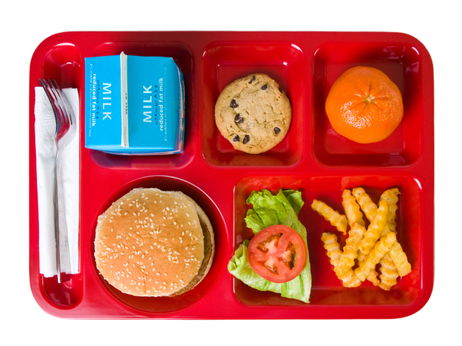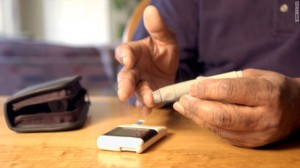School lunches stand to get a little bit better soon.
The House of Representatives passed a bill Thursday that would upgrade the fare for federally subsidized school meals, clamp down on junk in school vending machines and make it easier for tens of thousands of poor kids to get free meals.
The Senate unanimously passed the Healthy, Hunger-Free Kids Act months ago. Now, with the House vote, it’s on to President Obama for his signature. That’s pretty much a sure thing because the changes have been a top priority for the administration.
First lady Michelle Obama said in a statement she was “thrilled” by the vote. She said the changes would “improve the quality of meals that children receive at school” and help to “combat childhood obesity.”
For a rundown of what’s in the bill, see this summary from the office of Rep. George Miller (D-CA), chairman of the education and labor committee.
Republicans have carped that the bill’s nutritional standards, which would cut out junk food and restrict fat and calories in meals, go too far. They also have complained about the bill’s $4.5 billion price tag.
But the bill garnered pretty broad support. The legislation “makes significant progress toward ending child hunger and obesity by expanding access to federal child nutrition programs and improving the nutritional value they provide,” said a statement by Dr. O. Marion Burton, president of the American Academy of Pediatrics.
House Democrats dropped their own, more generous, bill in favor of the Senate version as a way to speed things up. In that bargain, they settled for less money per lunch, and a reduction in future funding increases for food stamps. In a side letter, the administration pledged to find money elsewhere to make up for the cuts to the food stamp program.




